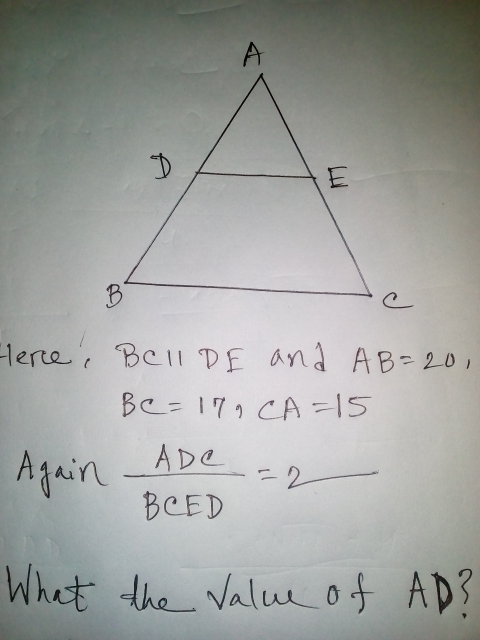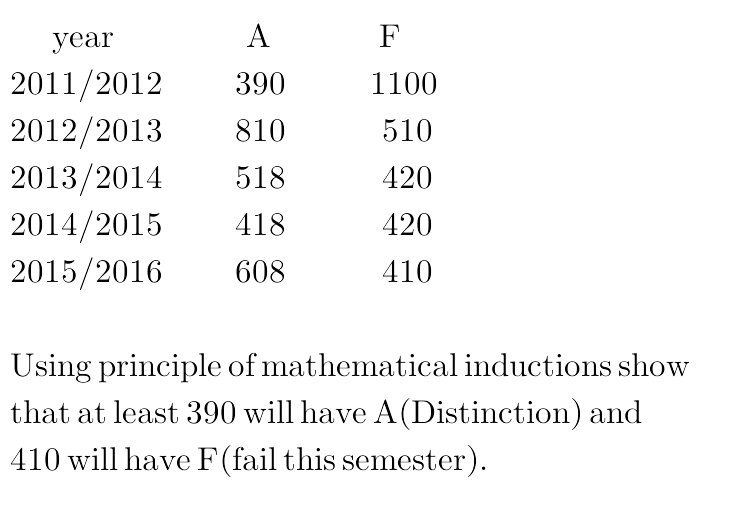
AllQuestion and Answers: Page 1974
Question Number 10553 Answers: 0 Comments: 0
Question Number 11178 Answers: 0 Comments: 1
Question Number 11172 Answers: 1 Comments: 0
Question Number 11183 Answers: 1 Comments: 0

Question Number 10547 Answers: 1 Comments: 0
Question Number 11206 Answers: 3 Comments: 0

Question Number 11204 Answers: 0 Comments: 0

Question Number 11203 Answers: 1 Comments: 0
Question Number 11196 Answers: 0 Comments: 2
Question Number 10544 Answers: 0 Comments: 1
Question Number 10543 Answers: 0 Comments: 0

Question Number 10542 Answers: 1 Comments: 0
Question Number 10540 Answers: 1 Comments: 3

Question Number 10539 Answers: 1 Comments: 0
Question Number 10536 Answers: 1 Comments: 0
$${how}\:{can}\:{one}\:{rougly}\:\:{judge}\:\frac{\mathrm{548}}{\mathrm{879}}\:? \\ $$
Question Number 10521 Answers: 1 Comments: 0
Question Number 10517 Answers: 0 Comments: 0

Question Number 10515 Answers: 1 Comments: 0
Question Number 10513 Answers: 0 Comments: 1
$${e}^{\left(−\mathrm{2}×\mathrm{10}^{−\mathrm{2}} /\mathrm{2}\right)} \\ $$
Question Number 10512 Answers: 0 Comments: 0
Question Number 10510 Answers: 2 Comments: 0

Question Number 10507 Answers: 0 Comments: 0

Question Number 10528 Answers: 3 Comments: 0
Question Number 10495 Answers: 1 Comments: 0
Question Number 10493 Answers: 2 Comments: 0
Question Number 10492 Answers: 1 Comments: 0
Pg 1969 Pg 1970 Pg 1971 Pg 1972 Pg 1973 Pg 1974 Pg 1975 Pg 1976 Pg 1977 Pg 1978
